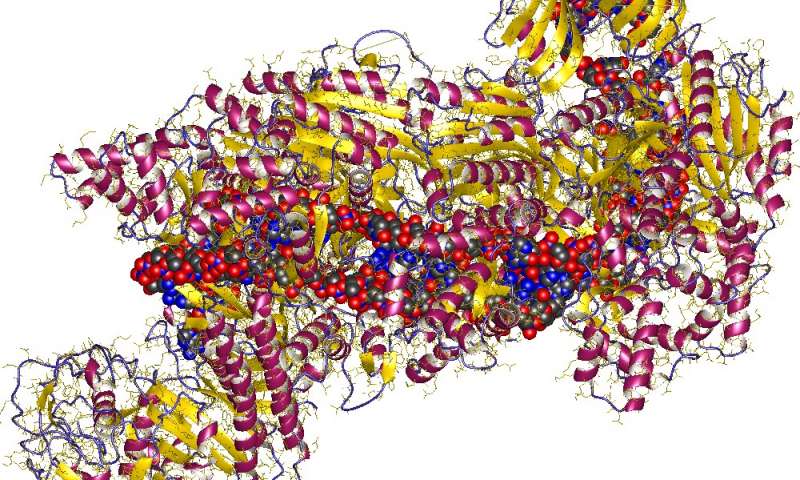
More than half of our genome consists of transposons,DNA sequences that are reminiscent of ancient, extinct viruses.Transposons are normally silenced by a process known as DNA methylation, but their activation can lead to serious diseases. Very little is known about transposons but researchers in an international collaboration project have now succeeded for the first time in studying what happens when DNA methylation is lost in human cells. These findings provide new insight into how changes in DNA methylation contribute to diseases.
Even when our DNA is intact, the expression and behaviour of our genes can change. This can happen in various ways, including through DNA methylation, a chemical process which shuts off genes and other parts of our genome, such as transposons.
Transposons jumping genes are sometimes referred to as the dark part of our genome and consist of transposable DNA sequences that can cause genetic change, for example if they are integrated into a gene. These transposons are often silenced during foetal development, specifically by DNA methylation.
“Sometimes, however, DNA methylation is disrupted and studies have shown that this is significant in certain cancer tumours and in some neuropsychiatric diseases. DNA methylation is used as a target for therapy in certain cancer types, such as leukaemia, but we still lack knowledge about why this is effective and why it only works for certain types of cancer,” says Johan Jakobsson, professor at Lund University and leader of the study, which also included researchers from the Max Planck Institute for Molecular Genetics and Karolinska Institutet. The findings are now published in Nature Communications.
In fact, we know very little about the role of transposons in our DNA. One theory held by the researchers in Lund is that DNA methylation silences the parts of the genome that are not used, but only now has it been possible to study what happens when this process is removed from human cells.
The researchers used the CRISPR/Cas9 technique to successfully shut down DNA methylation in human neural stem cells in the laboratory.
“The results were very surprising. If you shut down DNA methylation in mouse cells, they don’t survive. But when DNA methylation was shut down in the human nerve stem cells, they survived and a specific set of transposons were activated. These transposons in turn affected many genes that are important in the development of the nerve cells,” says Johan Jakobsson.
Johan Jakobsson thinks that the results open up potential for a completely new understanding of how a loss of DNA methylation affects our genome in various diseases, but he also emphasises that the study was conducted on cultured cells in a laboratory. Now the researchers want to move forward and see what happens if they shut down methylation in cancer cells that are affected by DNA methylation, for example in glioblastoma.

